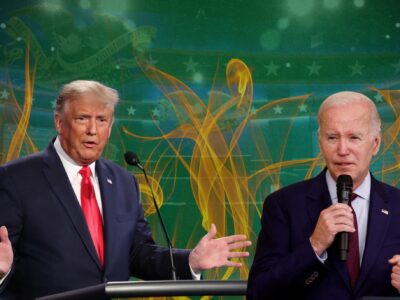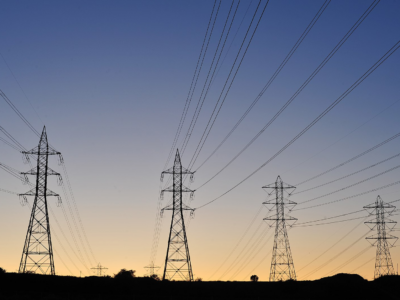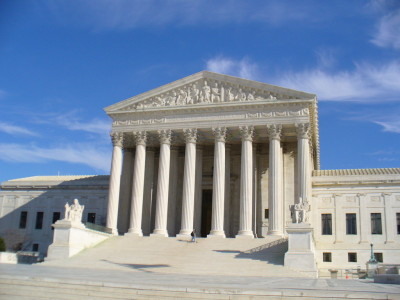Luminosity
The story behind today’s energy efficient lighting and a forgotten episode in the culture wars.
“Attack of the Dim Bulbs” was the title of a Legal Planet post I wrote in 2012. It was prompted by Mitt Romney’s claim that Obama was out to ban “Thomas Edison’s light bulb.” Romney was taking part in what was then a major culture war battle. Conservatives raised the alarm about the threat to the incandescent bulb from a newer technology, the compact florescent light (CFL). A lot has happened since then. An even newer lighting technology has moved in. And Republicans mostly seem to have forgotten about the issue, rallying instead to defend obsolete designs for washing machines. It’s time to take a look at what was going on back then and where we are now.
Looking back at my old posts, the 2012 post was part of a long series that rivaled the Friday the Thirteenth movie franchise: Light Bulb Goes On! in 2009, Dim Bulbs in 2010, Dim Bulb (The Sequel) in 2011, The Great Bulb War and the Modern GOP in 2011, Congressional Dim Bulbs at Work Again, also in 2011, and finally Light Bulb Wars: the Saga Continues in 2014. There was also Michele Bachmann’s Unconstitutional Light-Bulb Bill, about a legislative effort by Bachmann, the Marjory Taylor Greene of her era, that violated the separation of powers. This flurry of blog posts was a tribute to the pace of the ongoing political battles. (Also, I obviously had fun writing about the issue).
Like most stories about new technologies and regulatory innovations, the tale begins in California. In 2004, California set standards to increase the energy efficiency of light bulbs. To avoid a patchwork of state laws, manufacturers supported federal legislation. President George W. Bush signed the resulting federal law. The 2007 law required that bulbs reduce their power needs by a quarter or a third by 2015. The Department of Energy was supposed to adopt rules setting a higher standard, which happened haltingly. Initially, manufacturers focused on halogen bulbs and CFLs, but the use of LEDs also rose rapidly. (LED stands for light emitting diode.) LEDs were a relatively new technology based on work by physicists in the 1990s that led to a Nobel Prize in 2014.
In 2019, the Trump Administration announced that it was rolling back lighting standards issued by the Obama Administration. By then, old-fashioned incandescent bulbs were only about 10% of the U.S. market. (Trump especially hated the newer lighting, claiming it made his skin look orange.) But in April of this year, the Biden Administration adopted even stricter standards, which will require use of LEDs rather than CFLs. The Department of Energy estimates that the standards will save the average family $100 a year in lower utility bills and cut carbon emissions by about 80 million tons annually. But conservatives have seemingly moved on from the light bulb wars, and the new standard got little attention.
My 2010 Dim Bulb post began, “It’s good to know that there’s still someone who isn’t afraid to stand up for the use of obsolete technologies and the right of every citizen to overpay for electricity.” One of the interesting things about this saga is that the industry itself had little interest in rolling back the new lighting standards. This remains typical today: It’s conservatives, not the car company CEOs, who oppose the government’s push for electric vehicles. As Eric Biber pointed out in a post on the psychology involved, resistance to newer lighting probably reflects attachment to the comfort of a familiar status quo. This embrace of old ways is of course a grounding principle of conservatism — it’s not for nothing they long to freeze constitutional law in 1790 — but it’s something we all feel to one extent or another.
Still, the new eventually becomes the old and familiar. People have probably gotten used to the newer looking bulbs., just as they once got used to the shift from gas lights to electric bulbs. For the same reason, I suspect that they’ll get used to other changes and someday will fondly defend wind turbines as a beloved feature of the landscape. After all, the Parisians initially hated the Eiffel Tower for spoiling the view, but they did eventually get over it.








Reader Comments